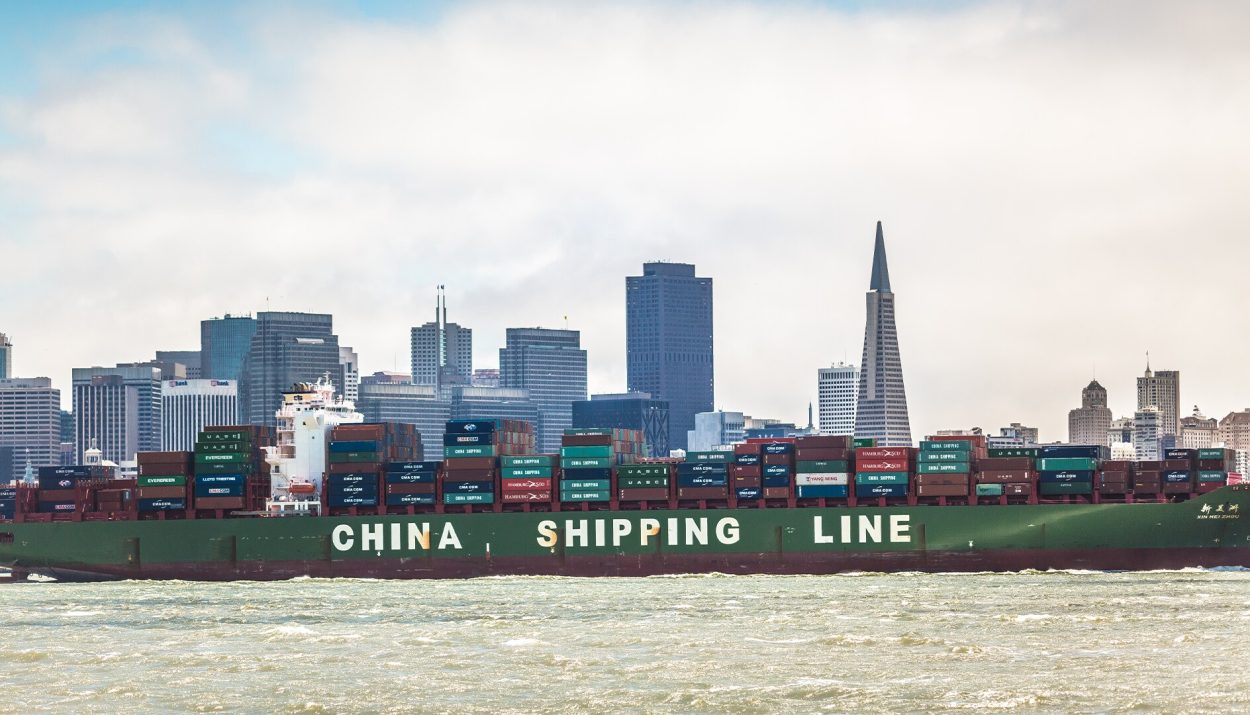Everything seems to have been made in China in the past few decades. Why’s that? It’s because China exports the most amount of goods to the US. From kid’s toys to work computers, everything’s mainly from China.
However, recent data shows that things have changed and Mexico now exports more products to America. Some experts argue that this switch represents a change in global commerce dynamics, especially since there’s tension between the US and China. Read on for more info!
China And The US Trade History
China was the United States’ biggest trader in 2021. Roughly 17.9% of US exports worth $2.8 trillion were from China. They maintained this reputation for decades, so most things seemed made in China.
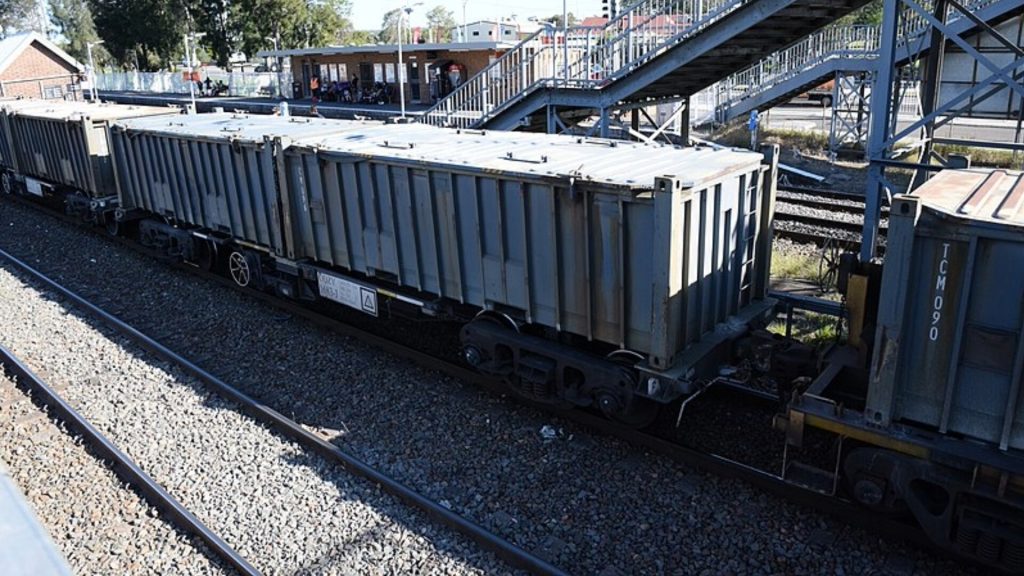
What goods were typically bought? These include complex technology like locomotives, cars, and computers. Simple items were also on the list, including cosmetics, fish, plaster, and more. However, the streak may come to an end soon.
Mexico Now Dominates US Importation
Recently, some data show Mexico has surpassed China’s importation volume by 5%. It may not seem like a lot, but analysts say otherwise. At the same time, Chinese importation to the U.S. fell by 20%.
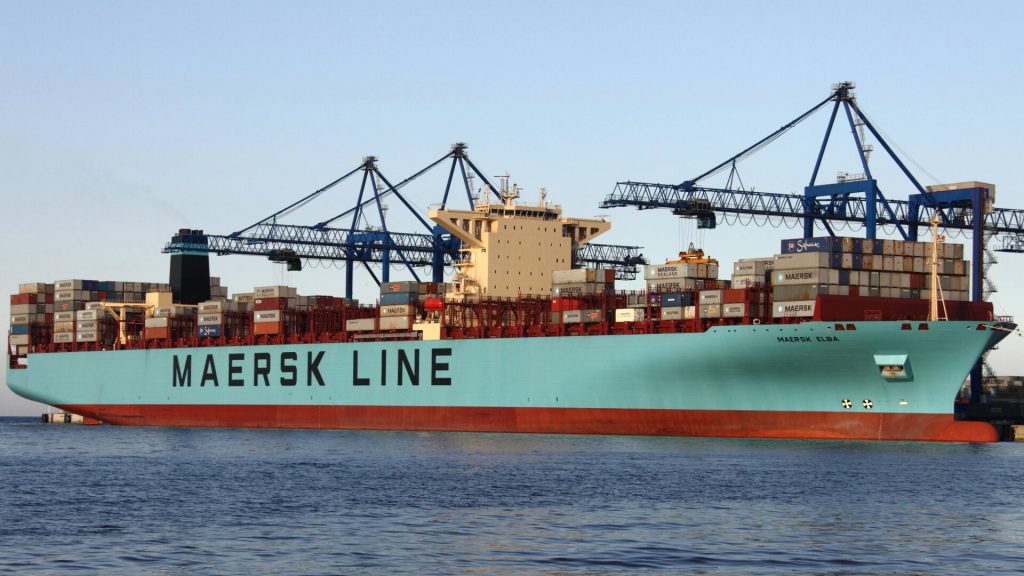
For more context, Chinese imports totaled around $427.2 billion, a 20% decrease from their previous record. On the other hand, Mexico made up to $475 billion worth of exports between 2022 and 2023, indicating a 5% increase.
Mexico Is Cheaper
Historically, China has much cheaper items as products can be made for a fraction of the cost. However, recent international disputes between America and China make trading harder. In return, Mexico becomes the cheaper option.
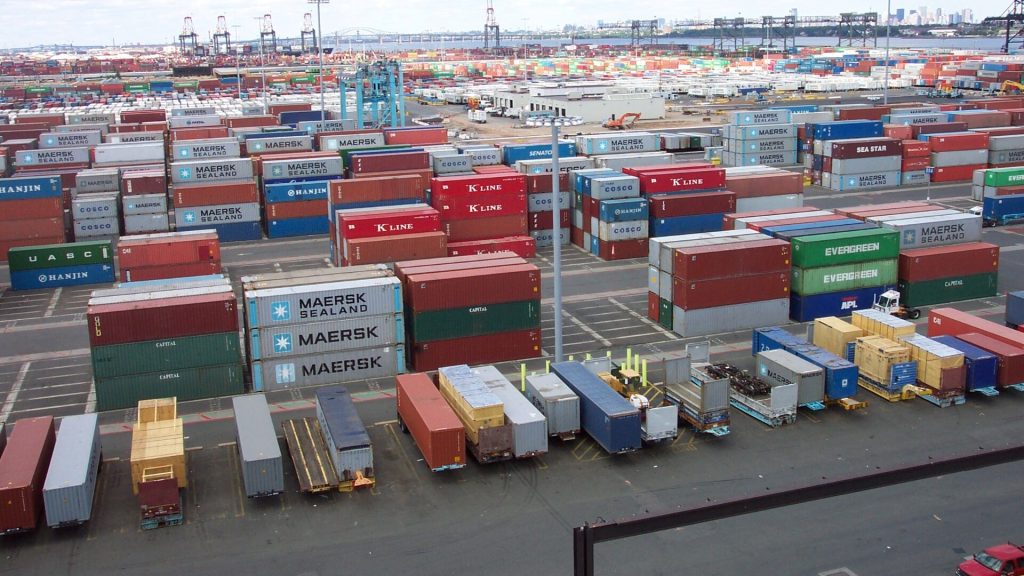
Essentially, Mexico is more affordable because companies struggle with navigating trade disputes and tariffs. Therefore, buying from Mexico speeds up the supply chain while reducing costs. This, in turn, lowers the price of goods in the US.
The Trump Administration Started Imposing Tariffs On Chinese Imports
China remained the United State’s top exporter above Mexico and Canada. However, the Trump Administration threatened this position in 2018. How? The former president imposed tariffs on imports from China.
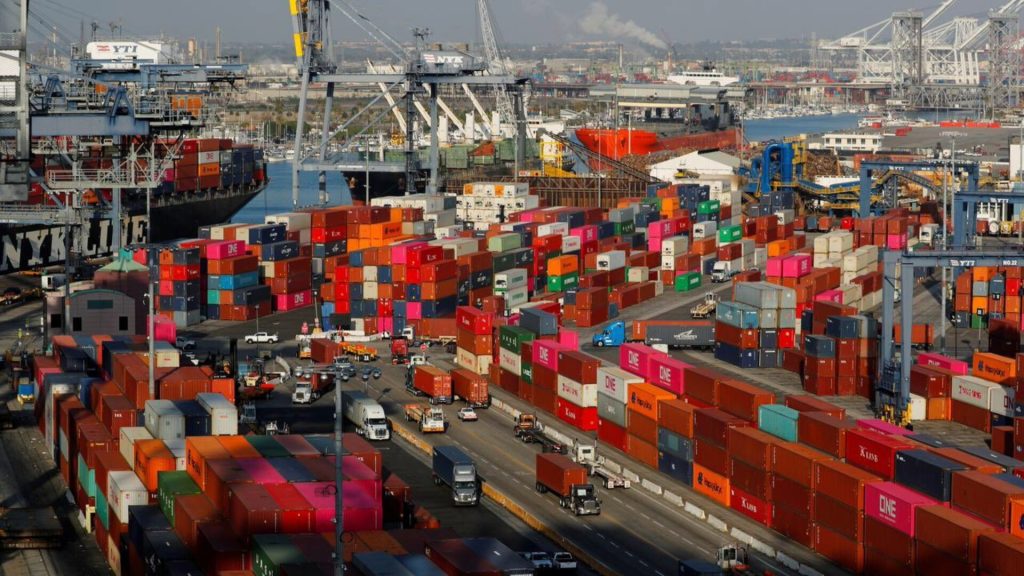
The Trump Administration imposed these new restrictions and argued that Beijing’s trade practices violated global trade rules. What did they do? Some of China’s unfair behaviors include intellectual property (IP), overcapacity, and protectionist nonmarket policies.
Biden Agreed With Trump And Followed In His Footsteps
Once Trump’s tenure ended, President Biden took over and assessed his policies. He agreed with the tariffs and kept them active in 2021. Many experts argued that this gesture was an apparent antagonism towards China. But it didn’t end there!
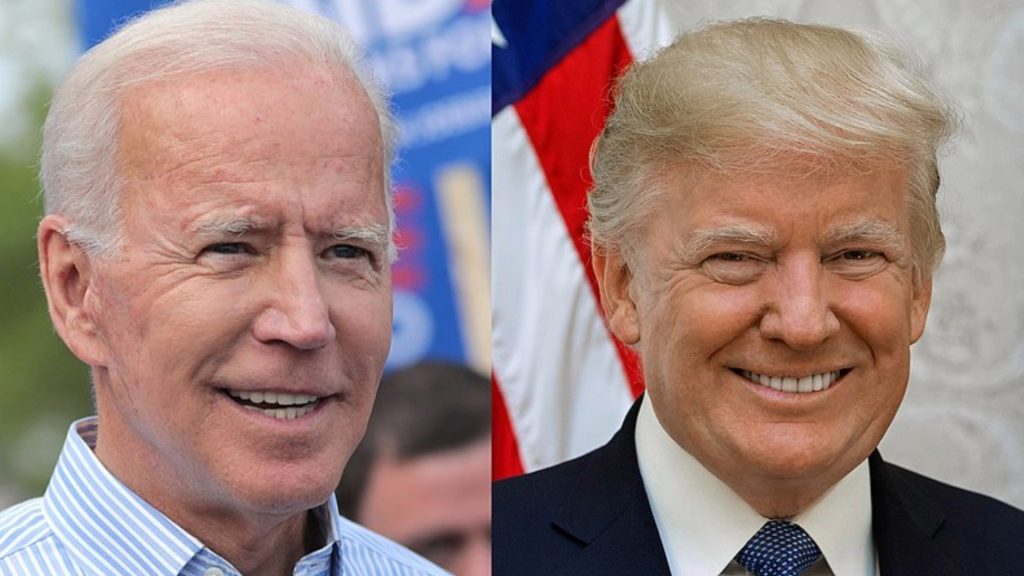
President Biden also encourages US companies to consider manufacturing most imported products themselves. If that wasn’t feasible, they should seek suppliers in allied countries, which is where Mexico stepped in.
But China Evolved And Adapted
Mexico now enjoys the benefits of the United States’ diminishing reliance on China. But Chinese companies are resilient and opportunistic. News shows that some Chinese manufacturers have already established factories in Mexico.

These Chinese companies are closer to the American market, allowing them to keep trading with the people. Besides, operations in Mexico are cheaper since wages and cost of materials are rising in China.
Mexico Wins Regardless
People on social media are concerned for Mexico as Chinese companies slowly set up shop there. They worry that China may take over and ruin business in the economy. Fortunately, that’s unlikely. The US monitors China’s activities and will intervene if it becomes excessive.

As for the few shops that settle in China, they pose no threat. The commerce they brought contributed to the economy, helping Mexico grow. Statistics show Mexico had a strong 2023 and is growing faster.
Mexico Is Growing Exponentially
The trade dispute between the US and China has benefited Mexico. Being the biggest exporter has boosted its economy, making the peso the fastest-growing currency globally. It rose by 15% in 2023.

Mexico’s stock market also performed well. Even foreign company’s investment in Mexican businesses went up by 40%. Ultimately, Mexico is on its way to better days, but progress may stop soon.
Problems With Mexico’s Exponential Growth
Taking over importation from China has made Mexico a noteworthy powerhouse. However, it has to address a few problems to keep this new status. One is how it handles favoritism. Some Americans claim that Mexico only supports local companies.

This focus makes it incredibly difficult for Americans to expand in Mexico and capitalize on the prosperity. Why’s this a problem? Failing to implement fair business rules can lead to regulatory tariffs. These same tariffs are what reduced China’s exportation power.
Mexico Also Has An Energy Problem
Some experts argue that Mexico may also stall its fast economic growth if it fails to invest in infrastructure and energy supply. For context, Mexico takes most of its natural gas for industrial use from the US.

It’s also worth noting that Mexico has an unreliable power supply. What’s worse is how this system is already stressed and will experience more load as the economy grows. The country’s energy consumption has tripled in the last 30 years and will rise with its new exportation status.
Mexico Has Taken Over From China…For Now.
China was the leading importer for the United States for products like cars, computers, and furniture. However, tariffs from the Trump and Biden administration made trading harder. This situation allowed Mexico to take over.
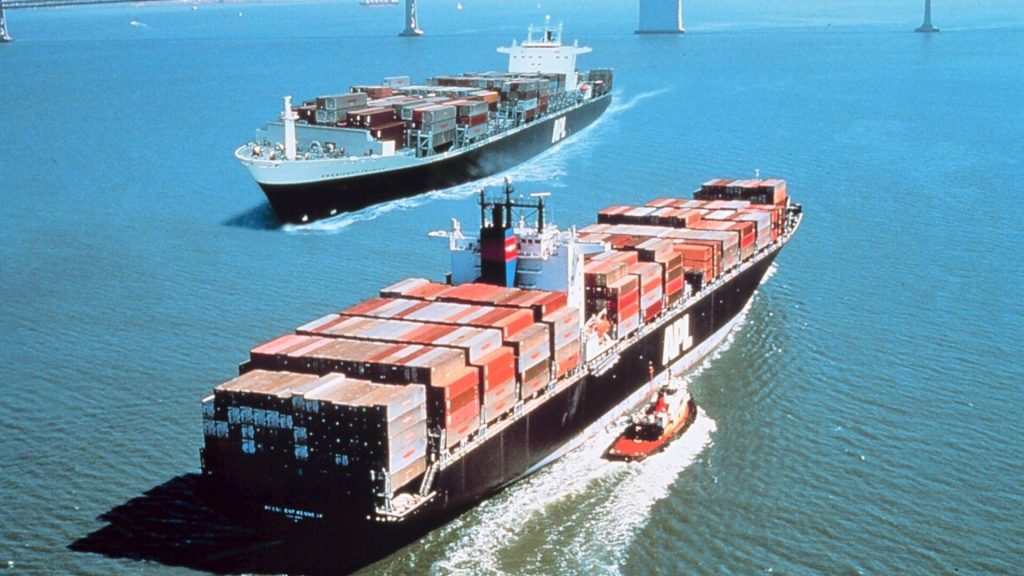
Now, Mexico Has increased exportation to the US by 5%. The result is a cheaper supply chain but also a booming economy for Mexico. However, experts warn that this victory may be short-lived. Mexico has to address its favoritism to avoid regulatory tariffs. It also has to fix its energy issues to accommodate the growing economy and increased commerce.

